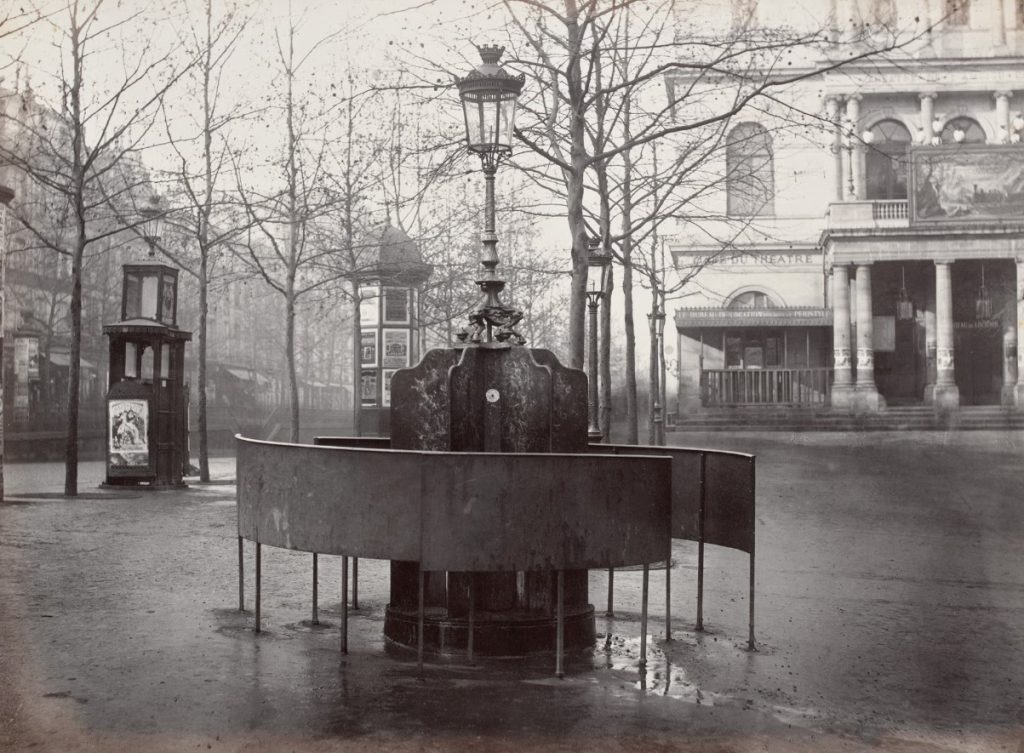The Ancient Roman Pee Tax
Urination goes by many, many euphemisms. Taking a leak, peeing, tinkling, a number one, pissing, etc. — the list goes on. We all do it (multiple times daily, for most) and we don’t really like to talk about it. So, paradoxically, it comes as no surprise that we have a lot of words to describe it, as no one wants to come across uncouth. But we do it in private and rarely think about it once we’re done. It’s just part of life, and, in the greater scheme of things, not one that drives humanity forward in any meaningful way. Urine, after all, is waste. We don’t use it for anything.
But that wasn’t always the case. And go back far enough in history, if you wanted someone else’s pee, you needed to pay the government for the privilege.
People have peed since time immemorial. That was true more than 2,000 years ago, when the Roman Empire dominated most of the Western world. But the unlike today, that liquid didn’t go to waste. The Journal of Urology, the medical journal of the American Urological Association, explains: “urine itself was an expensive raw commodity. It was used in the tanning industry, where it was mixed with the hide to soften it, loosen the hairs and dissolve the fat from its surface. It was also used as bleach where tunics were immersed in urine and whitened.” Skilled laborers needed other people’s urine but weren’t going to go door to door collecting it, so commoners stepped into that role. Per the Journal, “Lower classes of the empire would collect their urine and empty it into cesspools. Added to this was the effluent from public lavatories” and “wealthy Romans, especially women were willing to pay large sums of money for toothpaste in which urine was the key ingredient.” (Yuck.) Urine brokers would buy the collective tinkles (I’m running out of synonyms here!) of their fellow citizens and sell the vats of liquid not-quite-gold to tanners and the like.
And of course, the government wanted its cut. A pee tax — called “vectigal urinae”— was put in place by the Roman emperor Nero in the early part of the first century CE, and was later reinstated by Emperor Vespasian in 70 CE. The revenue from the tax was used to fund infrastructure across the empire and, of course, give Vespasian and his family a life of luxury.
But not everyone was fond of the source of those riches — including Vespasian’s own son, Titus. According to Roman historian Suetonius, in his essay The Lives of the Twelve Caesars, “When his son Titus blamed him for even laying a tax upon urine, [Vespasian] applied to [son’s] his nose a piece of the money he received in the first instalment, and asked him, ‘if it stunk?’ And he replying no, ‘And yet,’ said he, ‘it is derived from urine.”’” In other words, the source of the money doesn’t matter — it’s still worth what it is worth, regardless of its origins.
Vespasian’s legacy, though, isn’t that witticism. It’s toilets. In the 1800s, France introduced public urinals like the building seen above, which were in use until the 1960s. Italy had something similar at around the same time. The French word for these structures is “vespasienne” and the Italian term is “vespasiano,” both of which are named after the Roman emperor who decided to tax pee. There is, thankfully, no record of either modern France or Italy collecting that urine and selling it to toothpaste makers.
Bonus fact: The vespasiennes of Paris may have helped the French resist Nazis during World War II. As the Guardian notes, Germans were unfamiliar with the public urinals and disgusted by them, avoiding the installations whenever possible. The French used that to their advantage. Per the Guardian, the urinals “served as important meeting places for résistants to exchange information on enemy troop movements.”
From the Archives: Why In America, It’s Typically Free to Go Pee: The campaign to end pay toilets.

